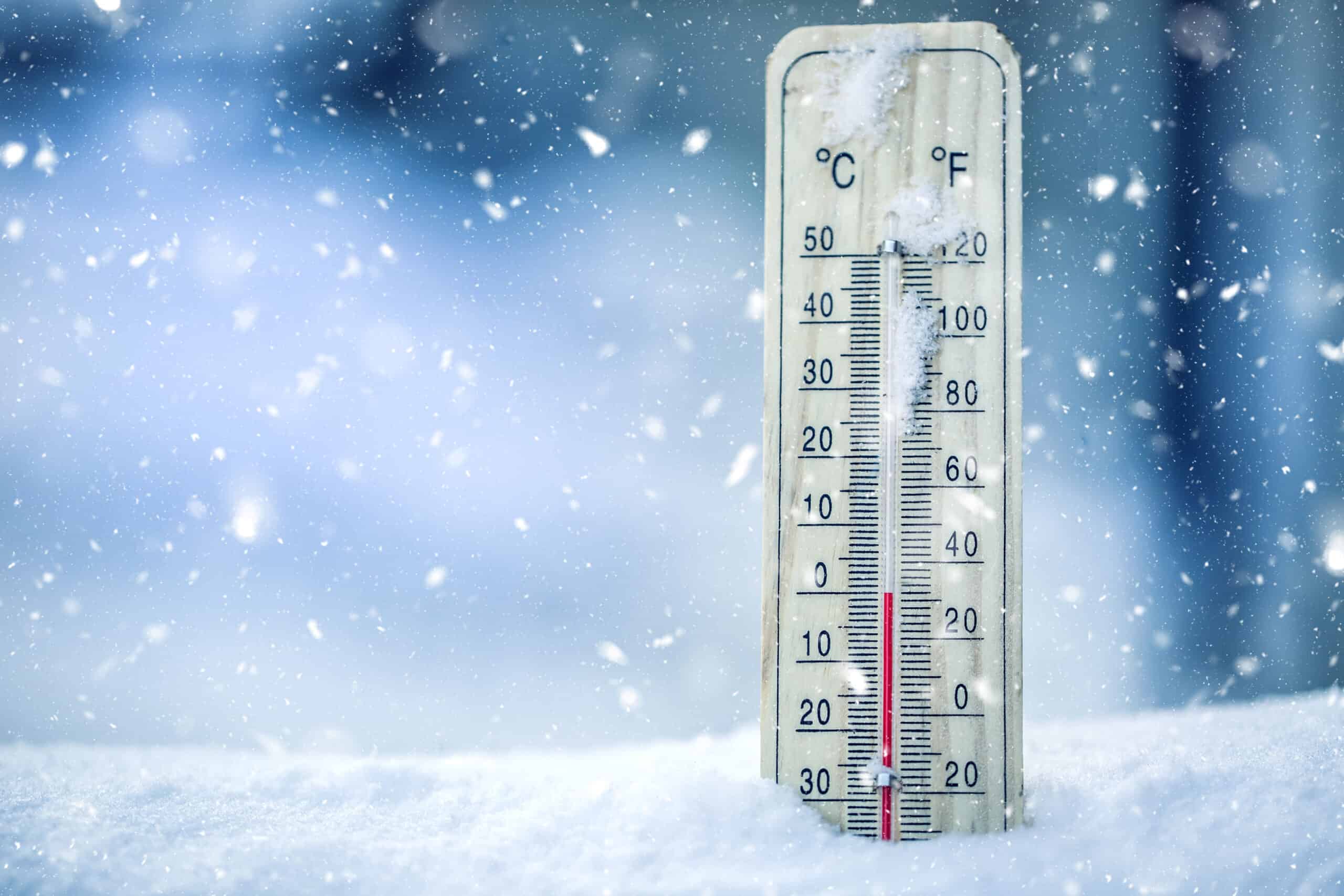A salt chlorinator produces chlorine for your pool and is the system that turns a regular swimming pool into a salt water one. Without this equipment, you won’t be able to convert salt into chlorine and would need to add chlorine manually in chemical form.
But while chlorinators typically work their hardest during the hot summer months when the pool is open for swimming and the water is warm, early spring and late fall see lower temperatures that keep the water cool. During this time, less chlorine is required in the water but chlorinators won’t produce chlorine once a certain minimum temperature is reached.
Chlorinators shut off chlorine production once the water temperature drops below 50º F in the case of some Hayward models, 52° F for Pentair models and as high as 60º F for other brands such as CircuPool and Zodiac. As water temperature drops, it becomes more difficult to convert salt to chlorine but chlorine requirements also drop.
Below we’ll talk about why chlorinators shut down at low water temperature and when chlorine is no longer required in pool water once the water gets too cold.
When do chlorinators stop chlorine production?
50º F is the absolute minimum water temperature that major chlorinator brands will continue to produce chlorine. It depends on the manufacturer and brand.
At some point, your chlorinator will trigger a low temperature error message to warn you that water temperature is too low but it depends on the brand and model.
The reason? When water temperature drops below 50º F, algae will not develop so the need for chlorine dissipates.
Also, as water temperature drops it becomes more difficult to convert salt water to chlorine. Depending on the chlorinator model and brand, at some point it becomes too stressful on the salt cell to produce chlorine in the cold water so production shuts down until water temperature goes back up within range.
Some chlorinator brands also have reduced chlorine output once the water temperature drops to a certain level and will only shut off production completely once a lower minimum temperature is reached.
As an aside, chlorinators also have a high temperature threshold that can also trigger an error message as high as 140º F depending on the model. In both cases, chlorine production will shut down until water temperature has returned to the allowed range.
When can water temperature drop below the chlorinator’s minimum level?
Your pool’s water temperature will drop to very low levels during specific times of the year:
- Over winter when the pool is closed. If your pool is actually winterized and not running, you won’t notice so this is no big deal. Cold water only becomes an issue when you’re ready to open the pool in the spring. Which brings us to…
- An early spring opening. Typically, it can several weeks of warm weather in the spring for the water temperature to get high enough to activate the chlorinator’s chlorine production. So if you open your pool too early in the spring, you might not have chlorine being produced and will need to wait till the water temperature rises above your chlorinator’s minimum. Having said that, you might also need to manually add chlorine if your chlorinator’s minimum shut off temperature is higher than 50º F because that’s when algae can start to develop.
- Late fall weather. If you close your pool late in the autumn, there’s a chance that the chlorinator can shut down chlorine production and you might either need to close the pool at that time or add chemical chlorine to keep algae at bay.
Your chlorinator has a water sensor to monitor water temperature so there could also be a chance that it malfunctions in which case you could lose chlorine production even when the water is within range.
Summary
Depending on the model and brand, your salt water chlorinator may shut down chlorine production when water temperature drops to 50º F at worst. Some models and brands will shut down chlorine production at a higher temperature so it’s important to know how your system operates.
There are certain times of the year where water temperature may be too low to operate your chlorinator and if you still need chlorine, you will have to look at manually adding a chemical product for the time being.

